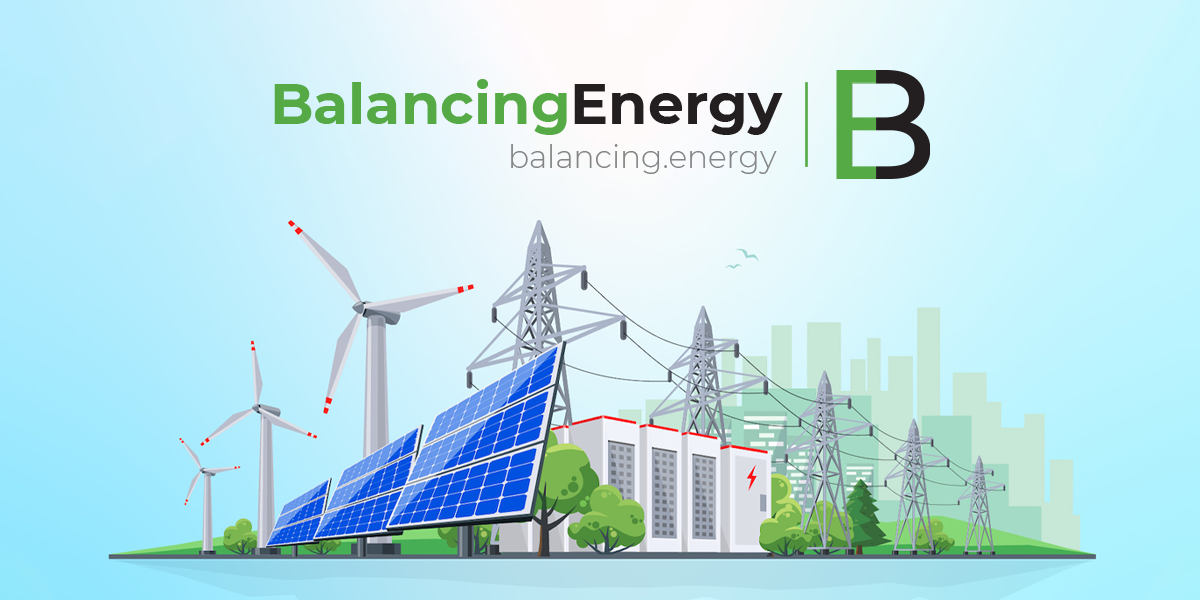European natural gas prices trended downward throughout the last week of March 2025, as an abundant supply of liquefied natural gas (LNG) and rising temperatures reduced pressure on regional fuel inventories. After a volatile start to the year, market conditions stabilized, contributing to a steady decline in prices.
TTF gas futures for May 2025 delivery on the ICE market remained below €50/MWh throughout the week. The lowest settlement price was recorded on Friday, March 28, at €40.815/MWh, marking a -1.3% drop from the previous day and a -4.2% decline compared to Friday, March 21. The highest settlement price of the week occurred on Monday, March 24, at €42.846/MWh, which was 0.6% higher than the last session of the previous week and 3.9% higher than Monday, March 17. The weekly average price stood at €41.552/MWh, reflecting a -1.3% decrease from Week 12.
Dutch wholesale gas prices also edged lower on March 24, supported by mild temperatures and diplomatic discussions between U.S. and Russian officials in Saudi Arabia aimed at negotiating a potential ceasefire in Ukraine. Prices continued their downward movement on March 26 as spring weather conditions in northwest Europe improved and LNG cargo arrivals increased. According to ship-tracking data compiled by Bloomberg, LNG imports into key consuming countries in northwest Europe surged in March, helping to stabilize the market. Despite European benchmark gas prices dropping from a two-year high in mid-February, Europe continued to attract LNG imports, while Asian spot LNG prices remained close to a three-month low due to weaker demand.
By March 28, gas prices remained mostly steady as mild weather kept heating demand low. However, forecasts of cooler temperatures in the coming weeks and the necessity to replenish gas storage reserves over the next few months provided underlying support to the market.
Meanwhile, hostilities between Russia and Ukraine continued to impact energy infrastructure. Both sides accused each other of violating a recently brokered 30-day ceasefire on attacks targeting energy facilities. On March 28, Russia claimed that a Ukrainian strike had destroyed a gas infrastructure unit in the town of Sudzha, a key transit hub for gas exports to Europe before flows were halted at the beginning of the year. In response, Ukraine alleged that Russia had targeted the facility itself, while Ukrainian military officials reaffirmed Kyiv’s commitment to adhering to the moratorium on energy-related strikes.
The United States announced separate agreements with both Ukraine and Russia on March 26 to pause attacks in the Black Sea and on each other’s energy infrastructure. However, both sides have since accused one another of breaching the agreements, highlighting the fragility of the U.S.-mediated truce. Ukrainian officials reported Russian attacks on energy facilities in the Kherson and Poltava regions, further complicating the situation.
The Sudzha transit point in Russia’s Kursk region previously served as a key entry station for Russian gas flowing into Europe through Ukraine. However, pipeline flows were halted on January 1, 2025, after Ukraine declined to renew the transit agreement due to the ongoing war. While the physical pipeline infrastructure remains intact, the Sudzha facility would require extensive repairs before resuming operations. An alternative transit route exists through Sokhranovka in Ukraine’s Luhansk region, which has been under Russian-backed separatist control since 2014. However, the future of Russian gas exports to Europe through Ukraine remains highly uncertain amid the ongoing conflict.










